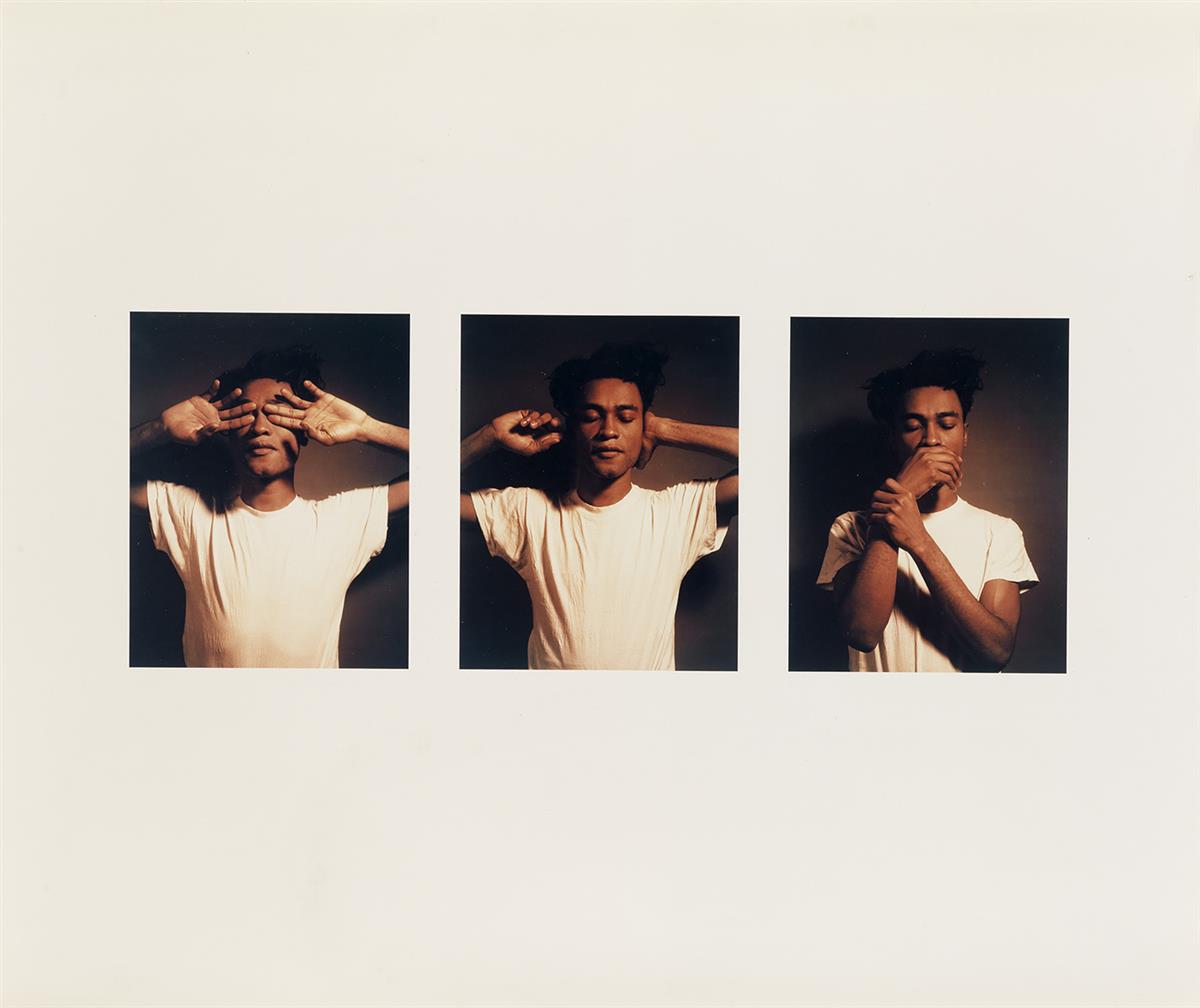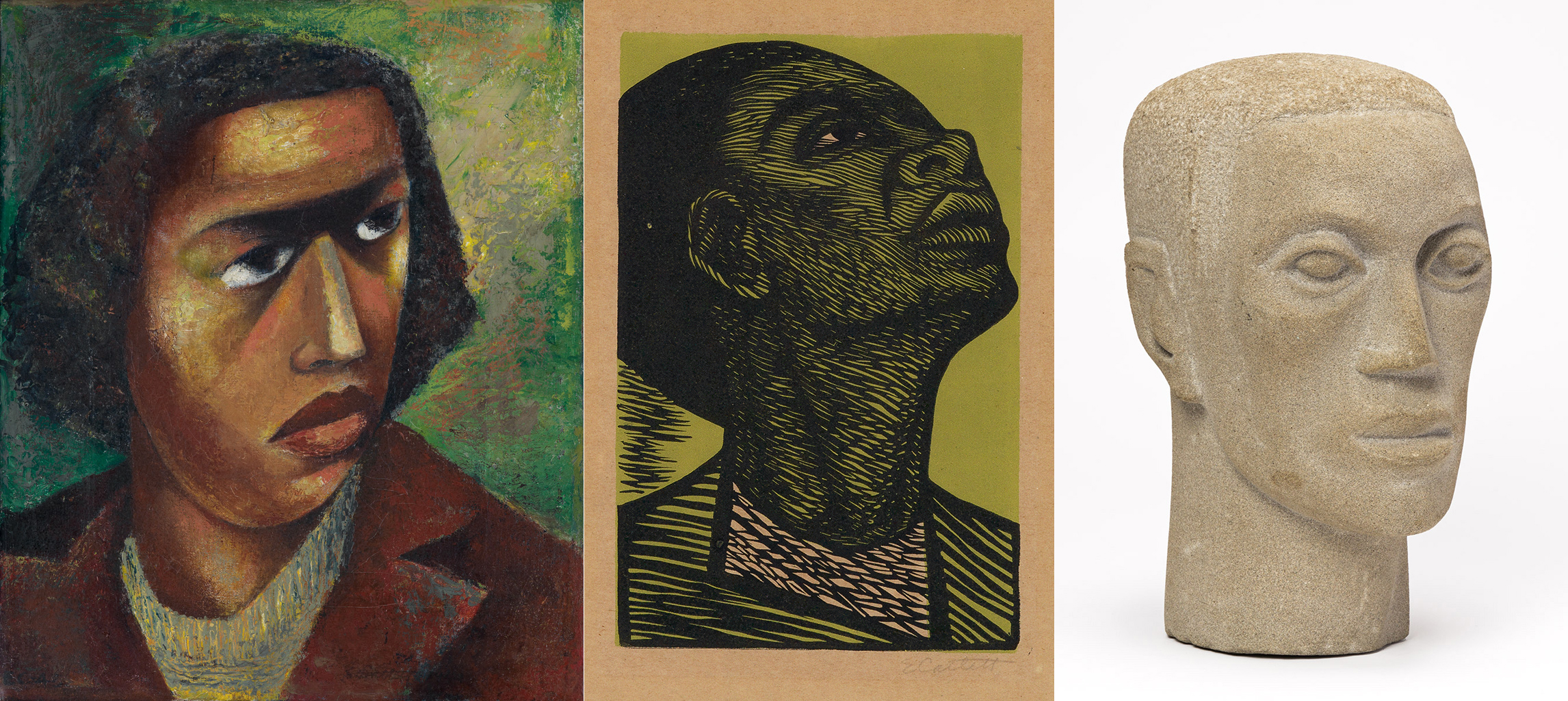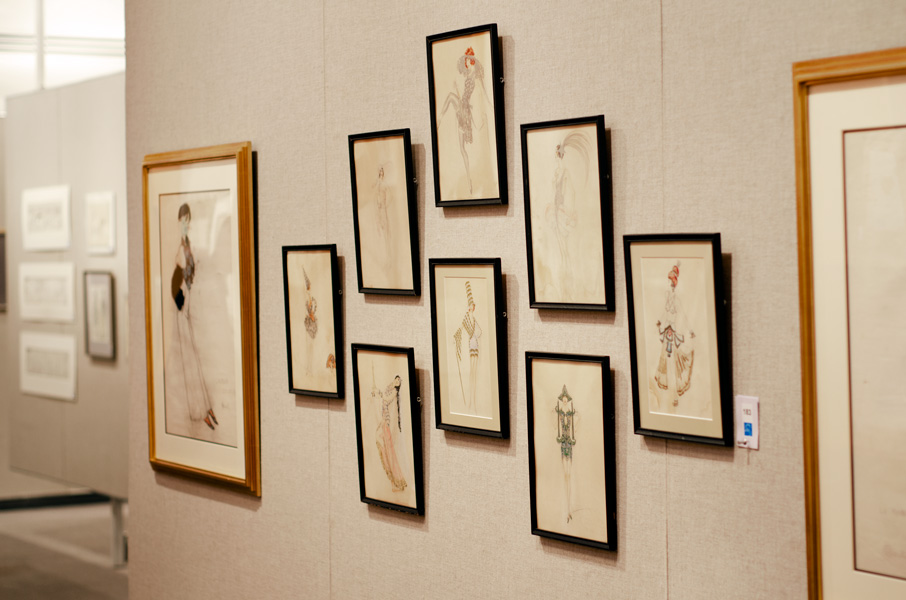Artist Profile: Faith Ringgold
A consummate artist, Faith Ringgold has developed a practice that consists of painting, mixed media sculpting, performing, and quilting. Born October 8, 1930, in Harlem, New York, Ringgold’s mother was a fashion designer and her father who was a griot. The creative environment allowed her talents to flourish while growing up amid the Harlem Renaissance. Many creatives of note visited her family or lived in the neighborhood, and left an imprint on her expressiveness. Receiving her bachelor’s and master’s degrees from CUNY City College in 1955 and 1959, respectively, she later set out to tour the museums of Europe with her daughters and mother.
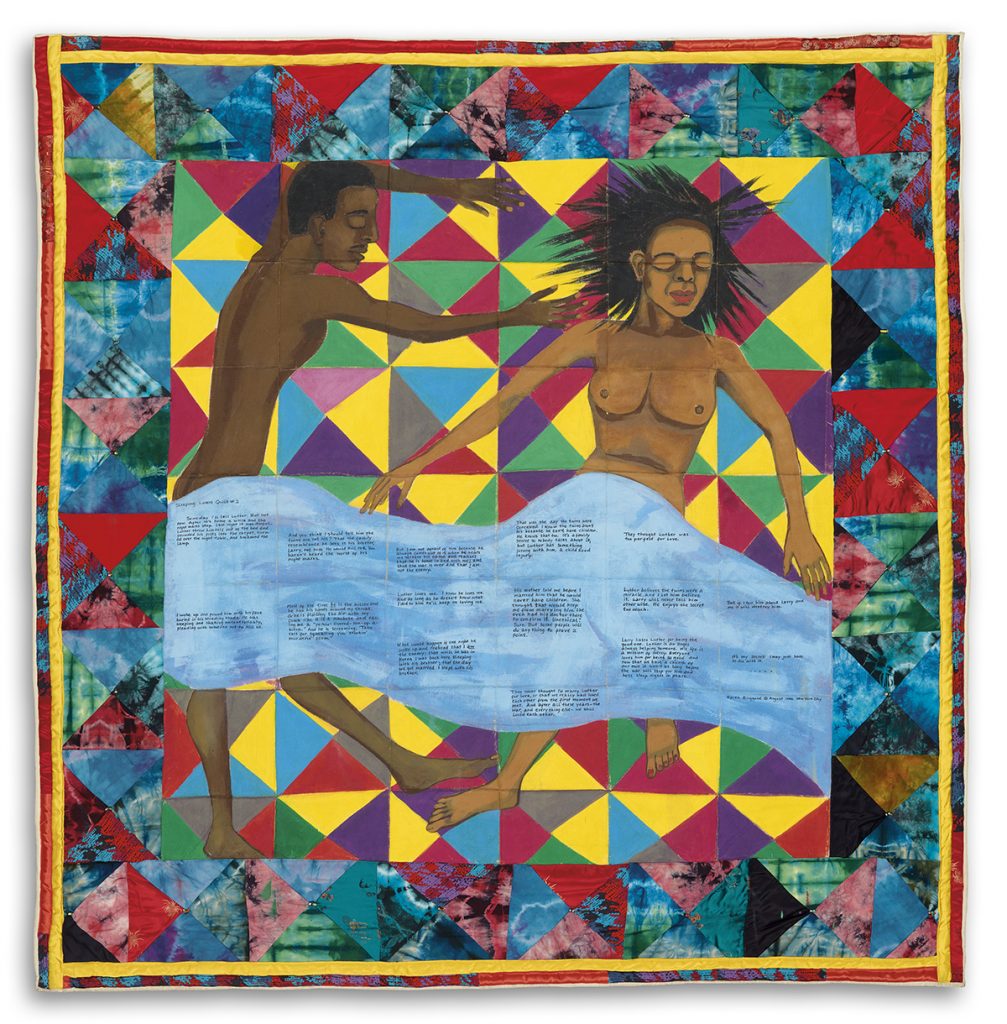
Influenced by her European travels, the creative incubation of her home life, as well as the racism and sexism of midcentury America, Ringgold approached painting by capturing subjectivity that was hard to swallow for gallerists and collectors.
American People Series #20: Die
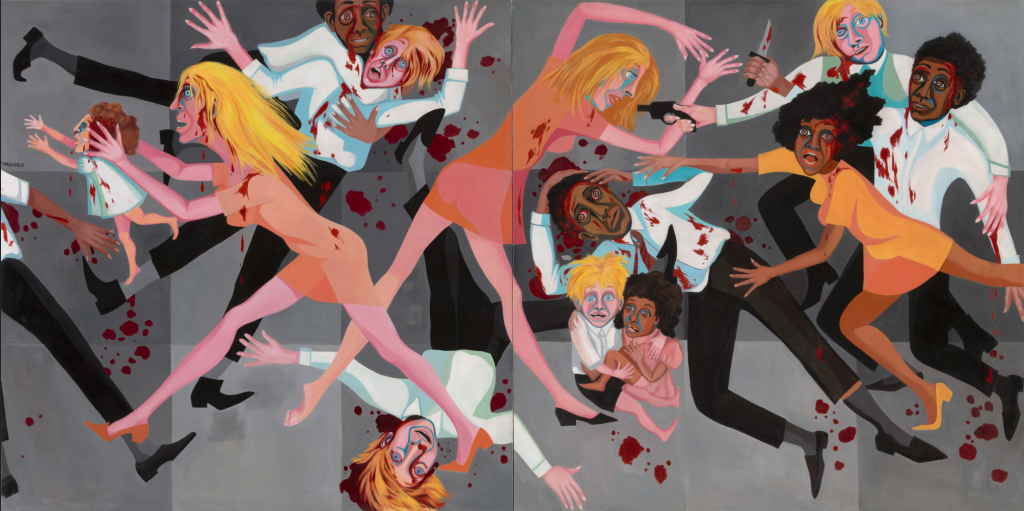
Image courtesy of the Museum of Modern Art.
American People Series #20: Die, 1967, is a work that captured the racial turbulence and national discord of the era. Inspired by the Race riots of the 1960s and the writings of Amiri Baraka, it was included in The Tate Modern’s traveling exhibition Soul of a Nation: Art in the Age of Black Power. Her treatment of blood, white clothing, and a background reminiscent of concrete builds a sense of reality and gore that was occurring throughout American cities.
Die, as it was originally known, was recently acquired by MoMA and added to the permanent collection. It is hung on the prestigious fifth floor in the Alfred H. Barr, Jr. galleries along with Pablo Picasso’s Les Demoiselles d’Avignon. Ringgold’s masterpiece of social activism is in direct conversation with Picasso’s Les Demoiselles, serving as a critique of the institution, its collecting habits, race and exclusion. Ringgold took inspiration from Picasso’s Guernica—another mural painting that addressed violence.
Related Reading: Augusta Savage to Zoë Charlton: Women of Color at Auction
Story Quilts
Echoes of Harlem
After visiting the Rijksmuseum in 1972 and seeing intricate Nepalese thangka paintings, Ringgold created fabric borders around her artworks. She used these borders to encase her paintings to enhance her storytelling ability. Once Ringgold’s mother, Willi Posey, taught her to quilt in the African American tradition, she became well known for her story quilts. Echoes of Harlem, 1980, her first story quilt, a collaboration with her mother, combines acrylic painting on canvas, quilted fabric, and storytelling, by way of a handwritten text which frames the painted image.
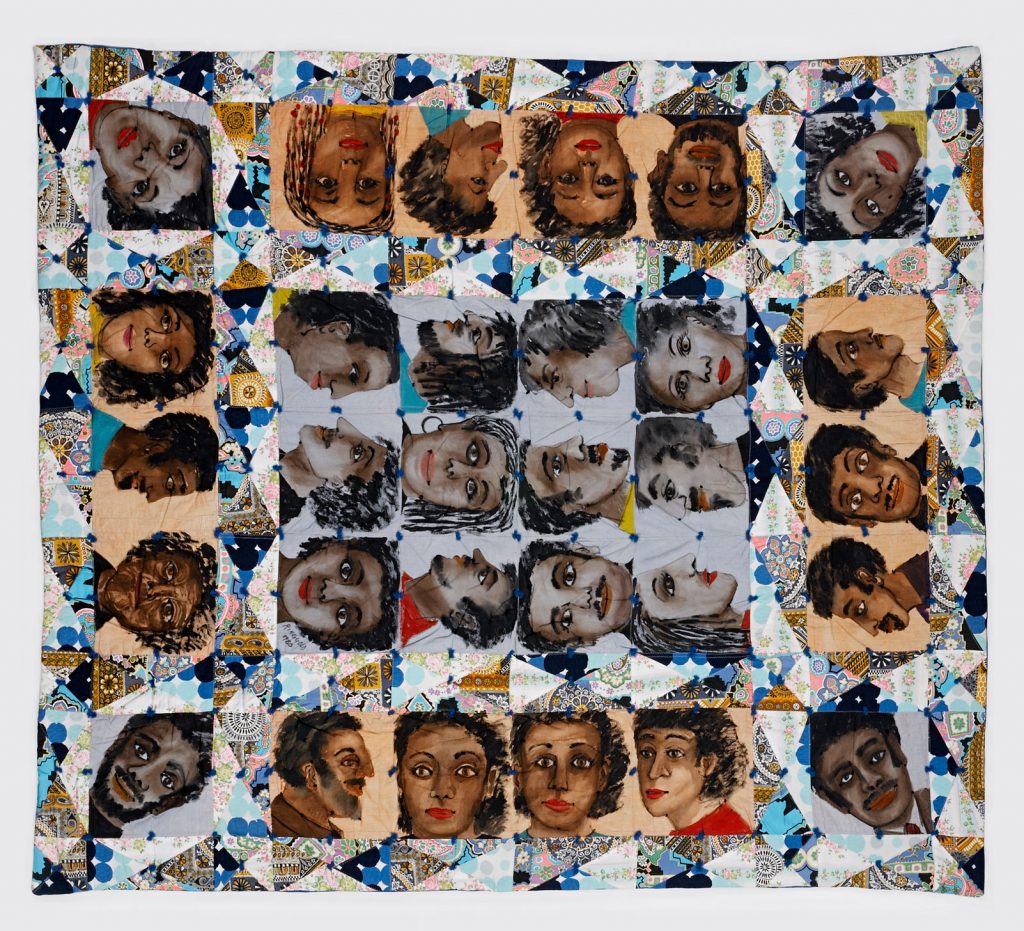
Image courtesy of Studio Museum Harlem.
The story quilt and its faces represent the narratives of the residents of Harlem. It is the first of her story quilts that projects and rewrites the narrative of African American life in the United States.
Black slaves patchworked quilts to keep themselves and their families warm, while inadvertently creating works of art that demanded significant skill and succeeded in being aesthetically pleasing. Ringgold’s story quilts convey narratives of contemporary black culture while creating an aesthetic elevation (with the addition of painting and literature) of the medium and bringing new life to an original form of expression. She surpassed the conventional function of African American quilting by offering narratives through them. Her story quilts serve a purpose more comprehensive than that of aesthetic or bodily pleasure.
Maya’s Quilt of Life
One of her other quintessential story quilts is Maya’s Quilt of Life, which was handled by Swann from The Art Collection of Maya Angelou.
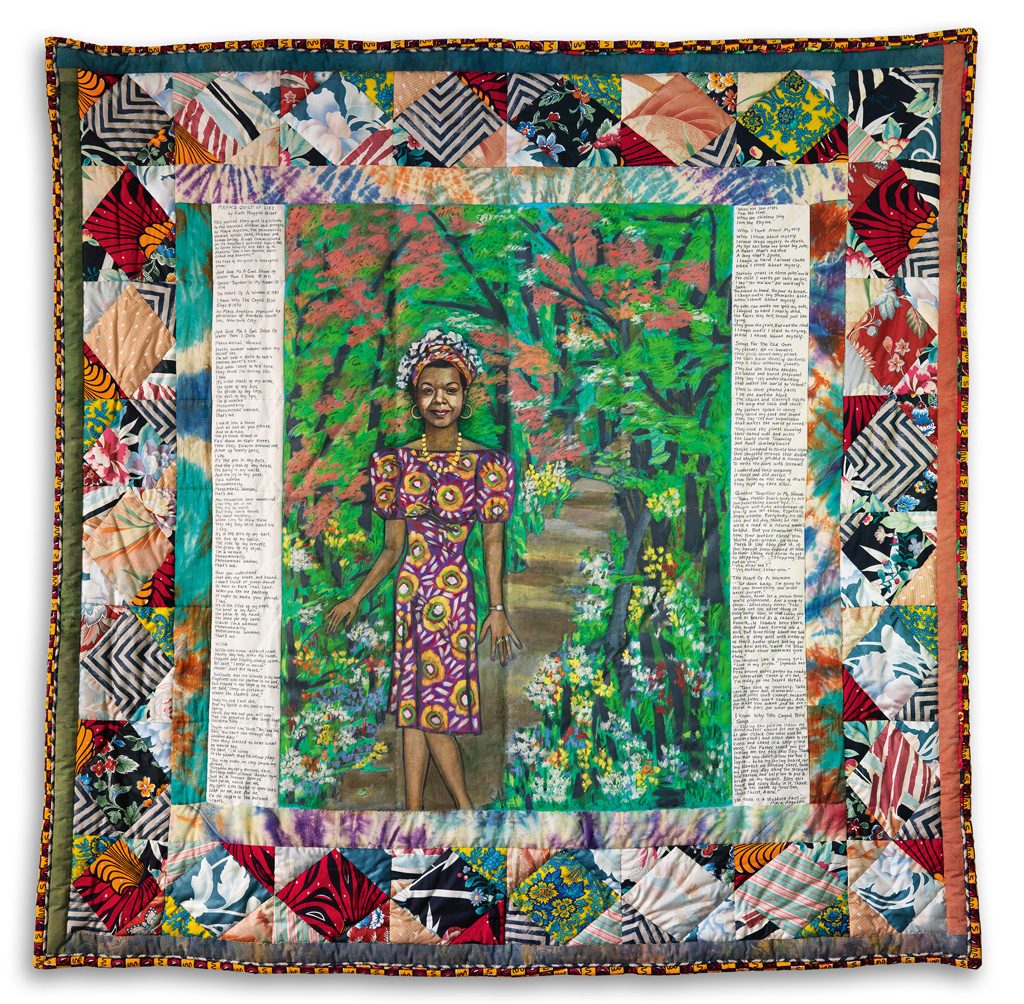
The quilt was commissioned for Dr. Angelou’s birthday, April 4, 1989, by Oprah Winfrey, who says of Dr. Angelou: “She is our mother, sister, friend, and teacher.” The text of the quilt is excerpted from Just Give Me A Cool Drink of Water ‘Fore I Diiie, 1971, Gather Together In My Name, 1974, The Heart of A Woman, 1981, and I Know Why The Caged Bird Sings, 1970. Ringgold’s portrait embodies the strength, independence, and beauty of Dr. Angelou. Her bold combination of collage, color, and pattern all reinforce the visual expressiveness and celebratory character of the artwork. Influenced by her social activism, Maya’s Quilt of Life is inspired by her work with feminist and anti-racist organizations. Her elevation of women and girls in an empowering manner challenges stereotypes that run rampant in a male-dominated art world.
Soft Sculptures
After two trips to Africa, in 1976 and 1977, Faith Ringgold drew inspiration from the African tradition of combining storytelling, dance, music, costumes, and masks into one production. Ringgold began to create masks, costumes, soft sculptures, and doll painting. The soft sculptures, many of which resembled real individuals, were tools to tell the stories of the people she met as well as fictional characters.
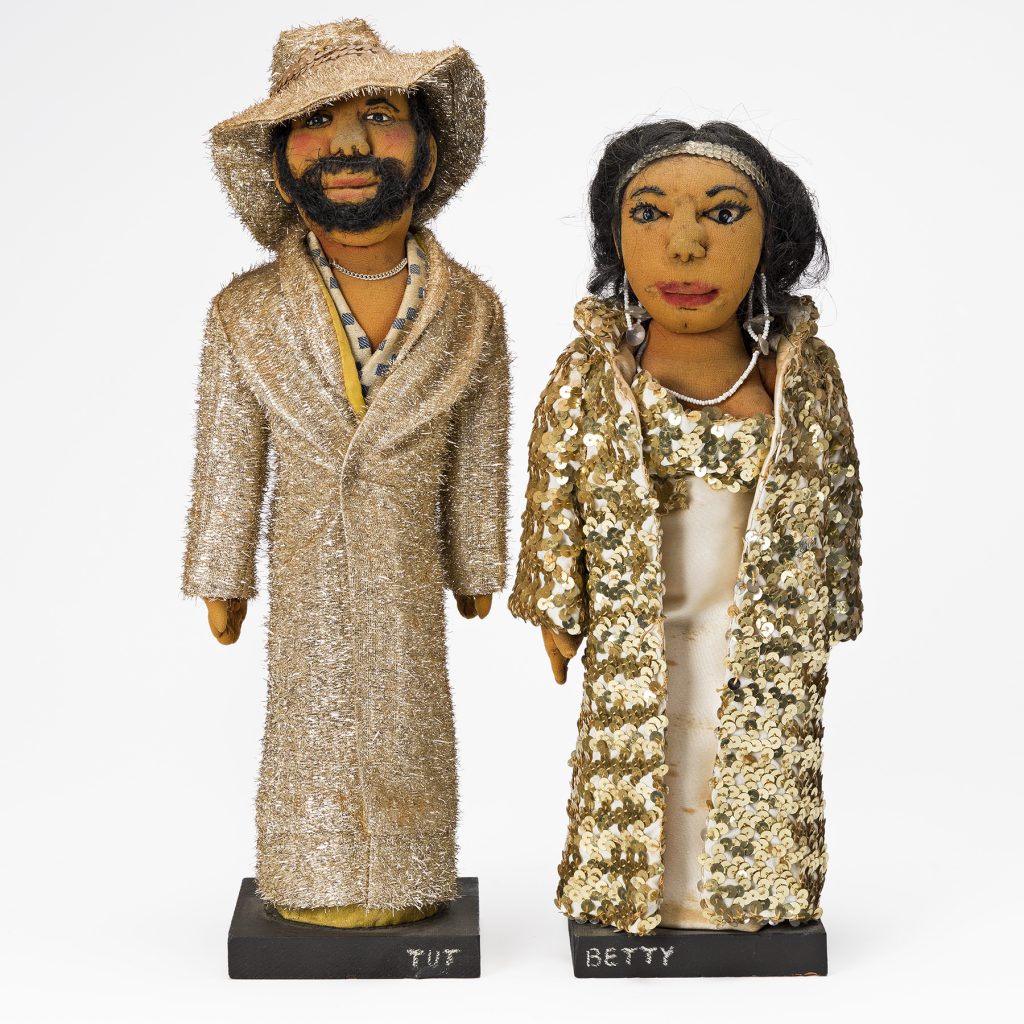
Tut and Betty, in our sale of African American Art on December 3, 2020, are a pair of soft sculptures made from fabric, human hair, and paint, and are adorned in peak disco-era costumes designed with sequined gold fabrics. The duo’s garb are reminiscent of Studio 54 and embody the maximalist and luxurious fashion of the seventies.
Related Reading: Fine Sculpture by African-American Artists
Performance and Illustration Art
Ringgold’s practice unavoidably developed into performance art with her mask sculptures and soft sculptures. With a combination of storytelling, dance, music, and costume, she was able to respond and critique the Black experience. The Wake and Resurrection of the Bicentennial Negro, 1976, was a narrative of the dynamics of racism and the oppression of African Americans through drug exploitation at the national celebration of America’s bicentennial. The piece was performed in mime with music and lasted thirty minutes, and incorporated many of her paintings, sculptures, and installations.
Illustration and literature are associated with Ringgold’s practice as well. She has illustrated many children’s books; her first being Tar Beach, 1971, based on her story quilt of the same name. In her books, Ringgold approaches the complex issues of racism in a straightforward way, combining fantasy and realism to create an uplifting message for children.
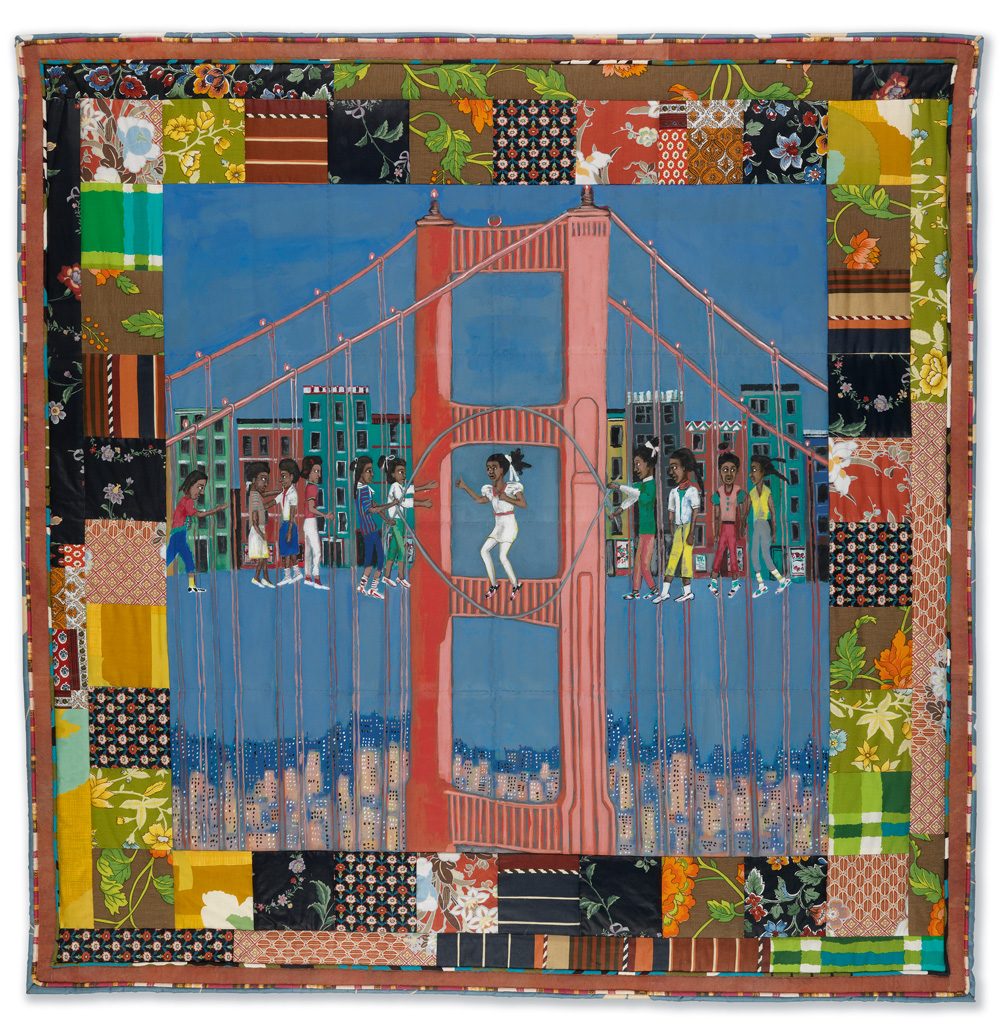
Faith Ringgold’s career only until recently has garnered the response that it deserves. During the seventies and eighties, her practice was overlooked, along with many other black artists, by the market. We are still learning more about the many facets of her work and career by revisiting works from her past and watching how her practice develops. Her inclusion in Soul of a Nation has brought her work to the forefront of contemporary art and garnered recognition and is resulting in traveling exhibitions. Her work is now the subject of her first international traveling retrospective—at the Serpentine Gallery in London last year, now at the BildMuseet in Sweden.
More from Corey Serrant: Artists Reclaiming the Queer Black Male Form
Do you have a work by Faith Ringgold we should take a look at?
Learn about how to consign to an auction, and send us a note about your item.
